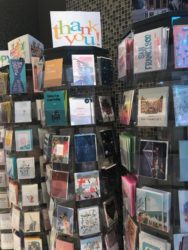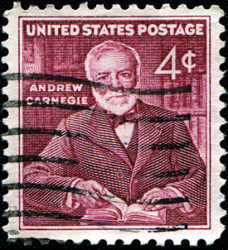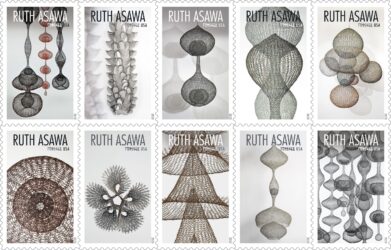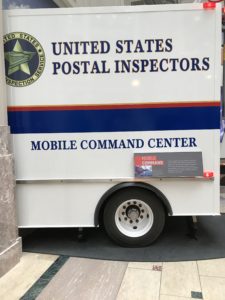
Francis Gerald (“Bud”) Bresnahan grew up in Pacifica, California, son of a postal inspector. His father, also Bud (Francis X.) Bresnahan, started work for the U.S. Postal Service shortly after he returned from his wartime service in the Marine Corps in 1946.
Working for the post office was an excellent post-war job. As a high school graduate, Bud (Francis X.) worked in the shipyards until he enlisted in 1942, after the attack on Pearl Harbor. He was stationed near Quanico Marine base, Virginia, and later, Tientsin, China. In 1943 he married his sweetheart, Charlotte, in Washington, D.C. After the war was over, they settled down in Pacifica to raise a family, which included “Buddy” and his brothers, Jack and Jim.
Bud’s affinity for his work evidenced itself early in life. In his teens, he became an avid stamp collector. At home, as Buddy and his brothers were growing up, Bud built a wooden model sorting station, and perfected his mail distribution skills, using 3 x 5 Inch cards with handwritten names, which he sorted with increasing speed into the appropriate pigeonholes.
Rincon Annex in San Francisco, where Bud worked, is just west of the Embarcadero and south of Market Street. This is where all the postal action took place in the 1940s and 1950s. It was a good, minimum wage job and Bud enjoyed the security and the company of his co-workers.
Working as the Public Information Officer at Rincon Annex in the 1950s did not prevent Bud from spending time with his family, despite his night hours of work. He turned down a promotion to Postal Inspector because it would have required travel, more time away from home.
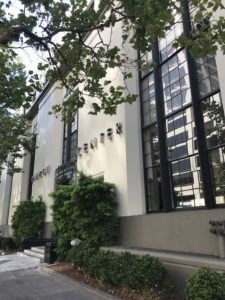
photo by Murray Schneider
He attended all of his sons’ sports events, and enjoyed cooking dinner for the family on weekends. Bud (Buddy) remembers his father as an excellent cook. His specialties were pot roast, spaghetti Bolognese, pork chops and lasagna, accompanied by English peas, Brussels sprouts, corn and zucchini. The family always ate dinner together.
In the late 1950s, Bud applied and was accepted for the job of Postal Inspector that he had earlier eschewed. This seemingly innocuous job title belies the very serious nature of the position.
According to the Smithsonian’s National Postal Museum, “the U.S. Postal Inspection Service is the law enforcement arm of the Postal Service. The United States Postal Inspection Service—one of our nation’s oldest federal law enforcement agencies—protects mail, post offices and postal employees. Inspectors are on the ground and on the job, from restoring postal service after a disaster to capturing drug traffickers and protecting citizens from mail fraud.”
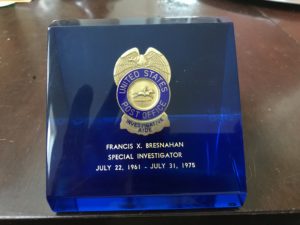
As an inspector, Bud was required to carry a concealed gun. One of the ongoing requirements was to practice at the range at Lake Merced, alongside officers from the San Francisco Police Department.
Fraud and theft have been rampant through the ages. When scammers use the mail, the Postal Inspectors spring into action. Financial fraud, Ponzi schemes, art forgery, counterfeit stamps, post office robberies and burglaries, mail theft, shipping of drugs or hazardous materials, assault of mail carriers and more are all among the crimes that are investigated by Postal Inspectors.
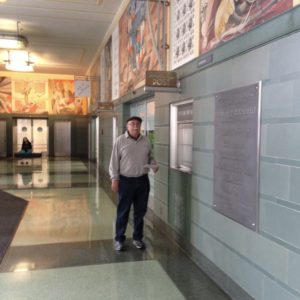
As a Postal Inspector, Bud Bresnahan made court appearances as an expert witness. In one trial involving employee mail theft, the defense attorney was Charles Garry. Garry, a well-known civil rights attorney, defended a number of high profile cases. His clients included The People’s Temple, famous for the 1978 massacre in Jonestown, Guyana, and his counsel for the Black Panther Party.
Bud ended his 15-year career as a Postal Inspector at the San Francisco International Airport. He retired in 1976. His sons, including Bud (Francis Gerald, once known as Buddy) Bresnahan, have fond memories of their father. Their childhood home in Pacifica was near one of the stops for the long defunct Pony Express (1860 – 1861). Their father, however, drove a 1948 Studebaker to work at Rincon Center.
Rincon Annex remained San Francisco’s main mail distribution center until 1985, after which it was leased to private developers. It survived an effort to demolish the building, largely due to the intrinsic value of the 27 murals that adorn the lobby. The murals, painted by Russian immigrant Anton Refregier from 1941 to 1948, depict the history of California. Rincon Annex was listed on the National Register of Historic Places in 1979.[
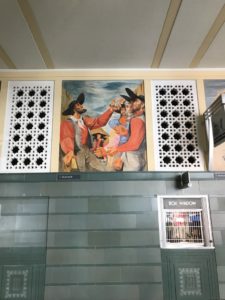
Photo by Murray Schneider
Note: July 20, 2017 marks the 100th anniversary of the birth of Bud (Francis X.) Bresnahan (1917 – 1997).
Sources
National Postal Museum Exhibition: Behind the Badge
U.S. Postal Inspection Service
Wikipedia. The People’s Temple
Wikipedia. Rincon Annex
Special thanks to Bud (Francis Gerald) Bresnahan for his recollections of his father, Francis X. Bresnahan (1917 – 1997)

